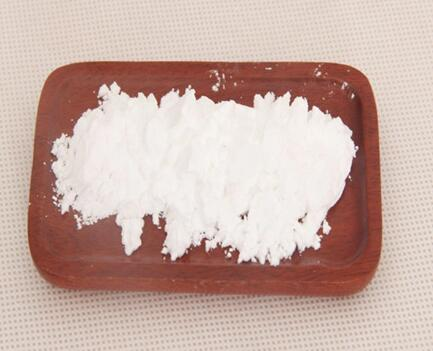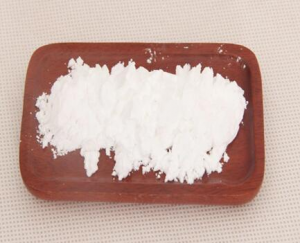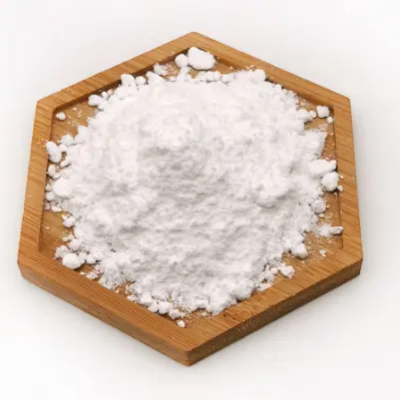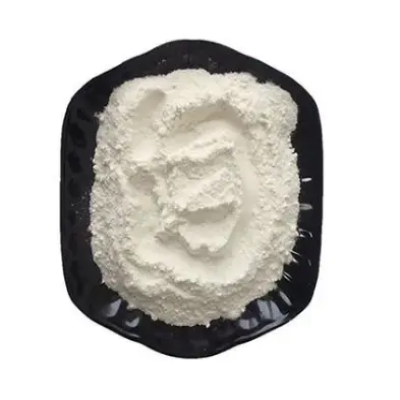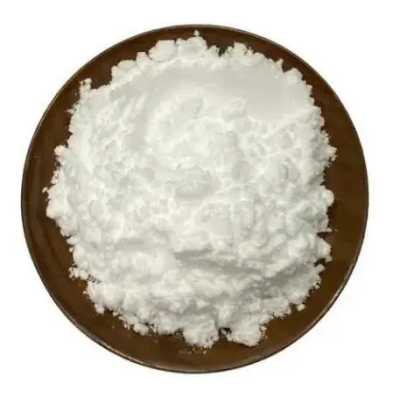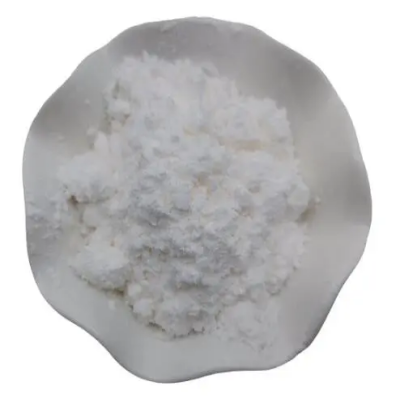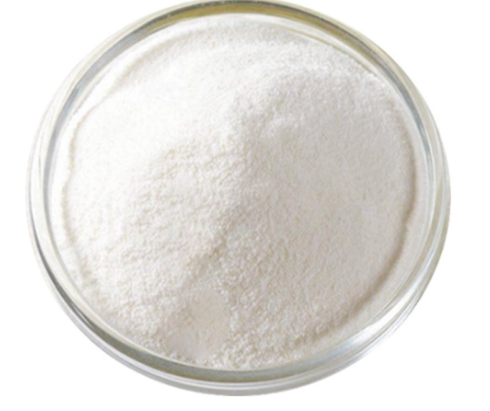Cytochrome C CAS:9007-43-6 Manufacturer Price
Role in apoptosis: Cytochrome C is released from the mitochondria into the cytoplasm during apoptosis (cell death). Once released, it interacts with other proteins to form a complex that activates caspases, leading to programmed cell death. This process is crucial for maintaining normal cellular homeostasis and removing damaged or potentially harmful cells.
Oxidative stress and redox regulation: Cytochrome C is involved in maintaining the balance of cellular redox reactions. It acts as a mobile electron carrier, transferring electrons between different enzymes and proteins involved in redox reactions. Through this process, cytochrome C helps regulate cellular oxidative stress levels, which impact cell survival and overall health.
Biochemical and clinical research: Cytochrome C has been widely used as a research tool in biochemical and clinical studies. Its spectroscopic properties, such as the absorbance of light at specific wavelengths, have been utilized to investigate protein structure, function, and interactions. Additionally, cytochrome C has been investigated as a potential diagnostic marker for various diseases, including cancer and cardiovascular disorders.
Therapeutic applications: Cytochrome C has shown potential applications in various therapeutic areas. Research suggests that it may have anti-cancer properties, as it can induce apoptosis in cancer cells. Additionally, it has been explored as a potential therapeutic agent for conditions like neurodegenerative diseases and ischemia-reperfusion injury, where cellular damage and oxidative stress play a significant role.
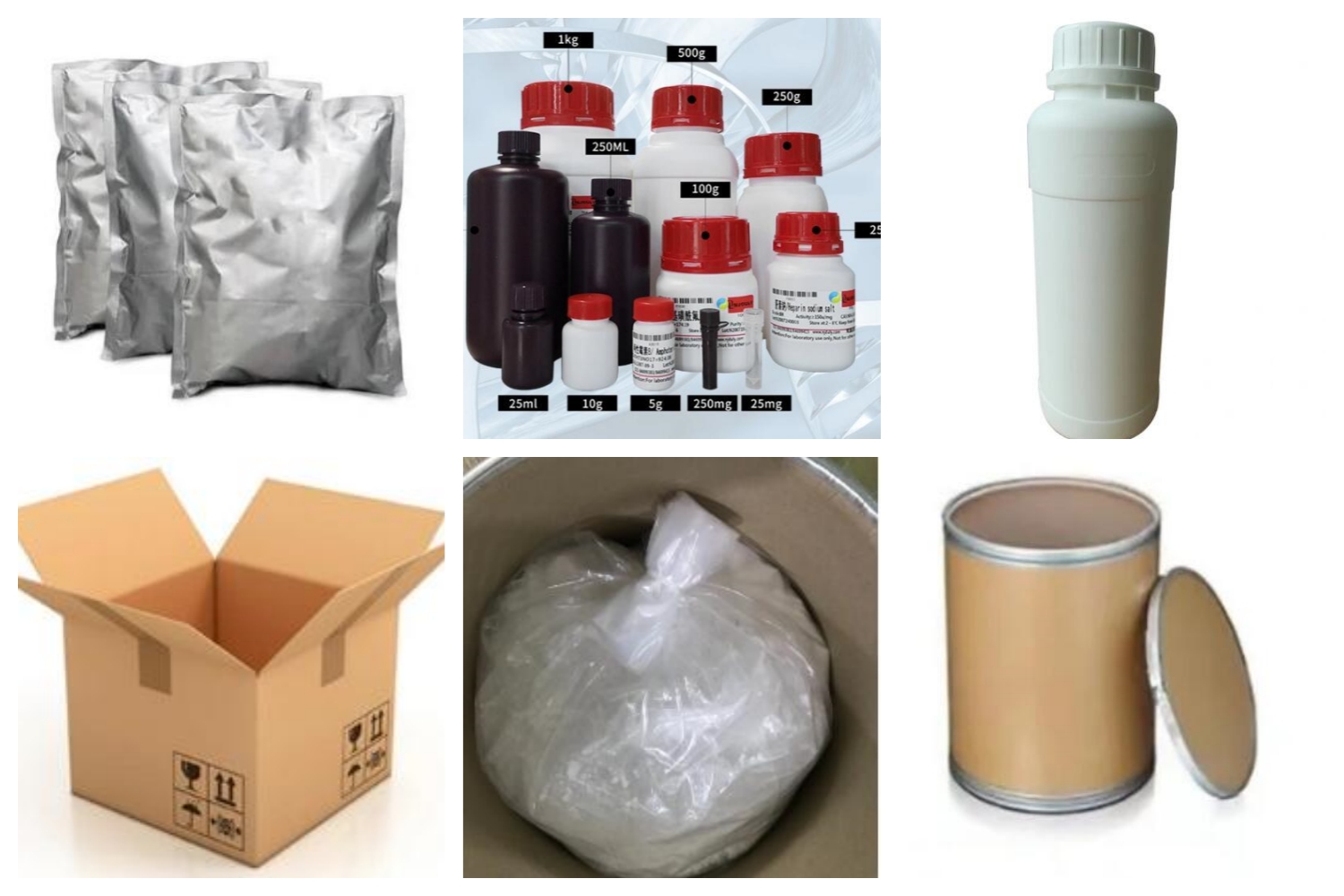
| Composition | C42H52FeN8O6S2 |
| Assay | 99% |
| Appearance | White powder |
| CAS No. | 9007-43-6 |
| Packing | Small and bulk |
| Shelf Life | 2 years |
| Storage | Store in cool and dry area |
| Certification | ISO. |


